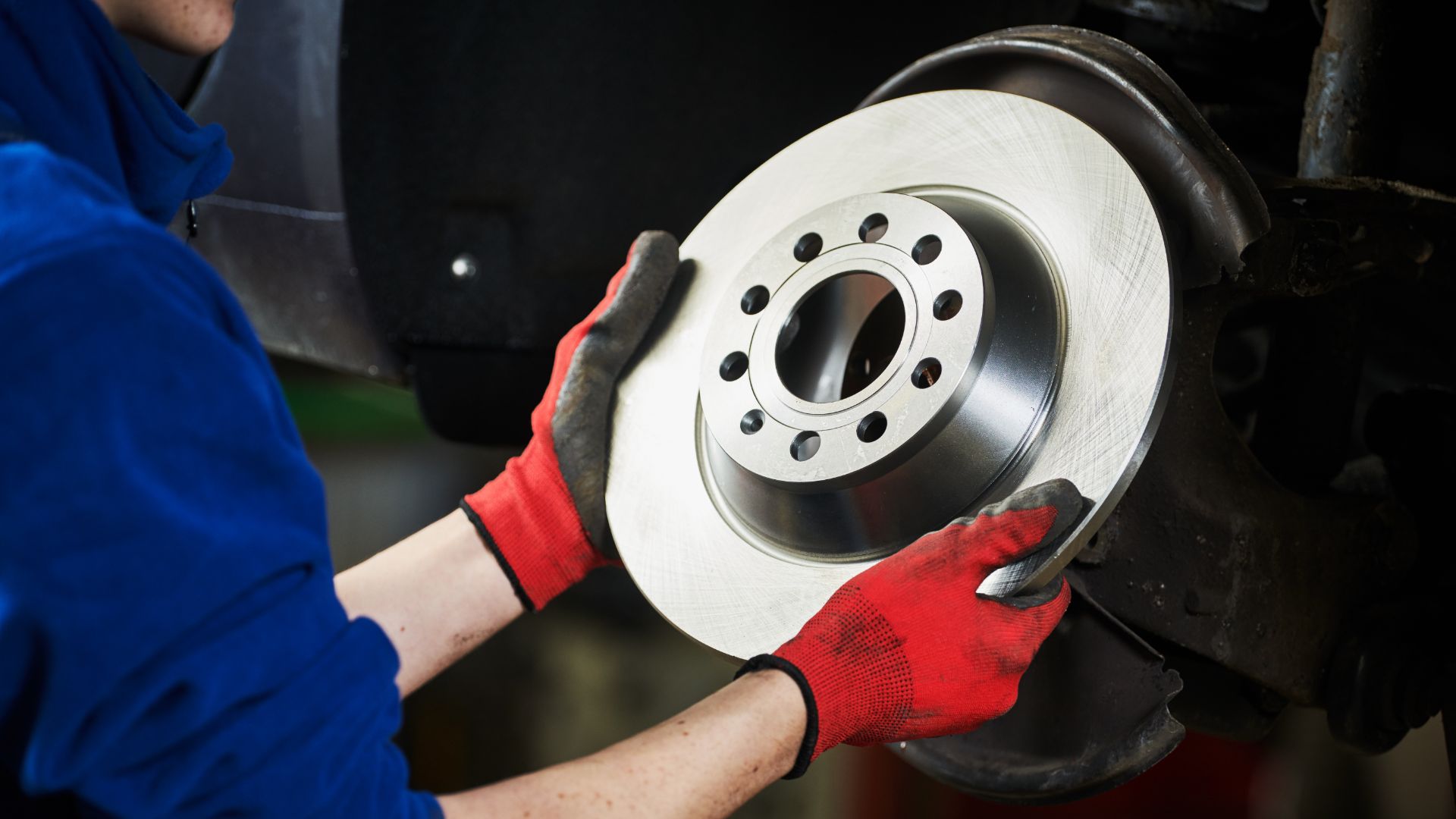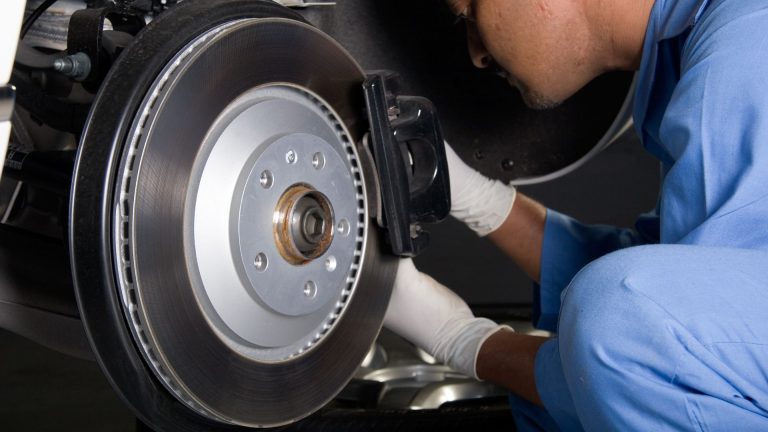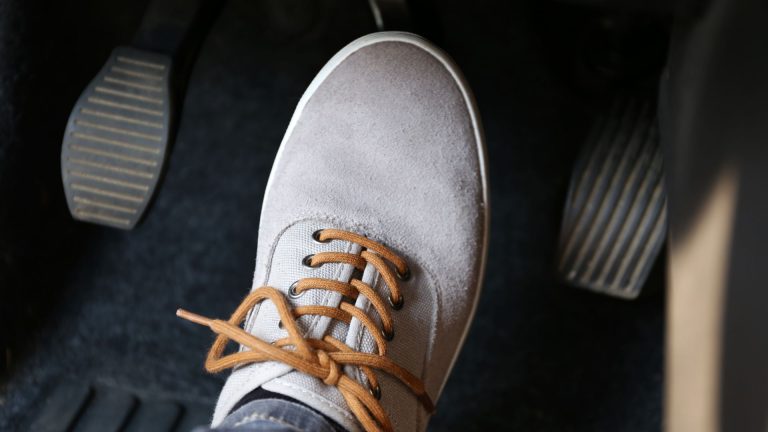Rotor resurfacing explained – all you should know
Learn about rotor resurfacing and its importance for vehicle performance.

Brake rotors are essential to your vehicle’s braking system, as braking would not be possible without them. As with other car parts, the rotors wear over time and require replacements between intervals for you to continue having safe and quality rides.
Rotor resurfacing involves shaving down or removing some of its metal until the rotor is even and smooth. While it is not highly recommended, there are times when it is helpful.
This article explains rotor resurfacing along with why and when you should do it.
What is rotor resurfacing?
Brake rotors are prone to wear and corrosion. Most times, you have to replace them, but other times, a little resurfacing does the trick, making it exert the same amount of usefulness it does when even.
You can liken resurfacing to the sanding down of a rough board, which in this case, is metal. Rotors made uneven by corrosion, wear, heat warps, or certain kinds of damage that alter the surface a bit can be repaired with some resurfacing. This resurfacing involves removing some bits of the metal until the rotor has an even and smooth surface.
Why should I resurface my rotors?
When your rotor has yet to reach its average lifespan and is already failing to deliver on its promised performance, the solution is usually to resurface it. Resurfacing your rotors reduces the possibility of them falling apart due to pitting corrosion which is notorious for the damage it can cause.
In the long run, resurfacing your rotors makes them last longer and saves you money if you do it at the right time. Since the surface is smooth again, you can continue using it to achieve excellent braking performance.
When should I resurface my rotors?

There are certain issues that a rotor would have wherein resurfacing it might fix the issue. When resurfacing to fix a problem, remember that the problem has a high chance of reappearing.
You can resurface your rotors if you notice any of these issues:
- Strange sounds when using brakes.
- Vibrations in the brake pedal or steering wheel when you hit the brakes.
- Wobbling wheels
It would be best if you got a professional to resurface them so they can adequately assess the situation and ensure that resurfacing would be a good fix.
If the rotor does not meet the thickness specification given by the manufacturer, it is best to replace it altogether, as it would threaten your safety when in use. Do not resurface cracked or warped rotors, as they can easily fall apart, exposing you to danger.
The only time you are recommended to resurface your rotor compulsorily is when you change your brake pads, and your rotors are still relatively new. It is advised that you change both parts together, but if you are changing one after the other, a resurfaced brake rotor will give a significant improvement to the performance you get.
Replacing or resurfacing rotors?
Rotor resurfacing used to be a cheaper alternative to replacing them. However, rotor replacements are now more affordable and safer.
Resurfacing your rotor due to faults they develop is only partially advised. Often, it is best to replace the rotor.
As stated earlier, resurfacing is best when you change the brake pads and the rotor still has much life left. If you have any problem with your rotors, it is best to replace them.
Furthermore, most rotors now wear together with the brake pads. In such cases, no matter how careful you were and the state of the rotor at the time of replacing the brake pad, you have to replace the rotor too.
How long do brake rotors last?
Brake rotors generally last between 30,000 to 70,000 miles. Brake pads last approximately within the same timeframe.
The different compositions and types of brake rotors account for the considerable difference in mileage for different rotors. However, depending on how your driving practices, the brake rotors can last longer or have a shorter lifespan.
It is best to imbibe the culture of replacing your brake pads with your brake rotors to get the best out of your brake system.
How do I make my brake rotors last longer?

Certain practices cause the brake pads and brake rotors to wear fast. It would help if you avoided them so they last longer and allow you to drive safer most of the time. Here are practices you could imbibe to make your rotors and entire brake system work better and longer.
Drive slow
Fast rides can be pretty satisfying. But, if you want to keep your rotors and entire brake system at an optimum, you should consider cutting down on speed.
Driving fast puts a strain on the brakes when applied and makes it hard for them to function as they should in the long run. Subsequently, the efficiency of your braking system reduces from continuous use at excess speeds.
In contrast, driving slowly is safe and less burdening for the rotors. It is also a sure way to avoid having to do too many hard brakes, which are notorious for increasing the wear of brake components over a short period.
Keep space between yourself and other vehicles
While it may be tempting to ride bumper to bumper with other vehicles, especially in a hurry, it is best to desist from such behavior. If the car in front of you makes a wrong move or does an abrupt stop, it would result in you hitting the brakes hard.
Such emergency braking stresses your brake pads and rotors, causing them to wear faster due to the amount of heat produced. Enough stopping distance allows you to apply your brakes softly and gently over an accommodating period, allowing your brakes and rotor to give off less heat and cool faster.
Don’t tap the brakes frequently
Some people keep one foot on the brake and the other on the accelerator. The setup allows them to utilize the brake whenever they feel like it, which can be wrong in most scenarios.
It will help if you remember that each time you hit the brakes, you are reducing the lifespan of its components. So, while comfortably cruising along, especially in heavy traffic, avoid the temptation of going fast for a while and then hit the brakes. Instead, adjust your speed to follow the traffic movement so your brake system lasts longer.
Avoid overloading your vehicle
The number one enemy of the brake system is too much load in a vehicle. The more load a car carries, the higher the strain the brake system passes through to pull the vehicle to a stop.
Stressing your brake system implies a higher heat production, accelerating the wearing process of its components, notably the brake pads and the rotors. For your safety, it is best to stick to carrying only the maximum weights your car manufacturers give.
Use OEM parts
Aftermarket parts have a penchant for being surprising, for saying the least. To avoid the drama and disappointment often associated with aftermarket parts, get original equipment manufacturer (OEM) parts of good quality.
OEM parts have a similar quality to the original parts that came with your vehicle. Though they are more expensive, they are safer and more durable. On the other hand, aftermarket parts are not consistent in terms of reliability, durability and quality.
Our take
Rotor resurfacing was once a budget-friendly enterprise to help drivers get the most out of their rotors. However, with rotor replacements now cheaper than before, it is best to replace malfunctioning rotors instead of resurfacing them.
A rotor resurfacing is only acceptable when you change the brake pads, and the rotors are still relatively new. With many manufacturers now producing rotors that have similar service lives to brake pads, it is best to replace both the rotors and brake pads together rather than sand down the rotors for reuse. Resurfacing might be effective over a short time, but it is pretty unsafe after a while.
Is it worth resurfacing your rotors?
When done right, resurfacing your rotors would make them work similarly to a new one. However, replacing your rotors is more practical and inexpensive than resurfacing them.
How much does it cost to resurface a rotor?
Getting a professional to resurface rotors in your car can cost up to $100 per wheel. If you want to do it yourself, it may cost you no more than a little over $45, but it is best to let a professional do it so that your mechanic will alert you if it is an entirely wrong move to take.
Is it cheaper to resurface or replace rotors?
It is cheaper to replace rotors than resurface them, as they would last at least another 30,000 miles before wearing again. Replacing rotors other than resurfacing them is also safer and less stressful.
How do you tell if your rotors need resurfacing?
When you start sensing vibrations in your steering wheel or brake pedal whenever you use the brakes or when your wheels are wobbling, it indicates that your rotors need attention. Upon inspection, resurfacing your rotors is a viable solution, but it is best to replace them altogether.